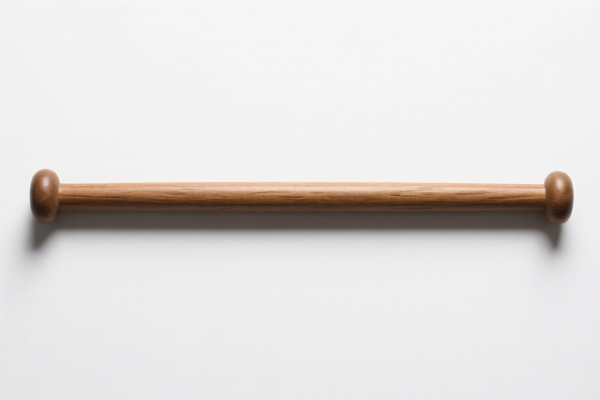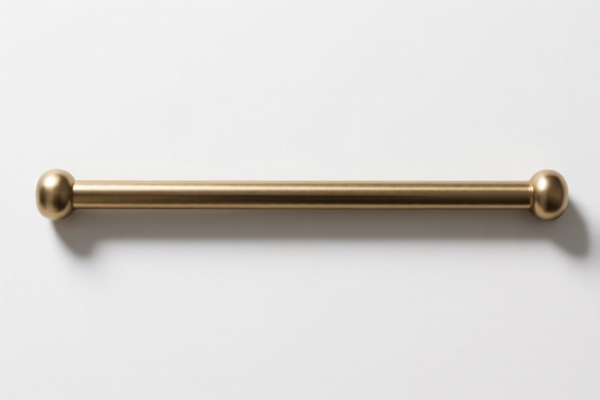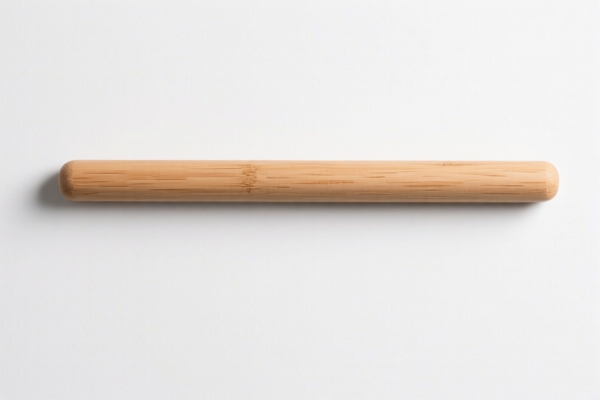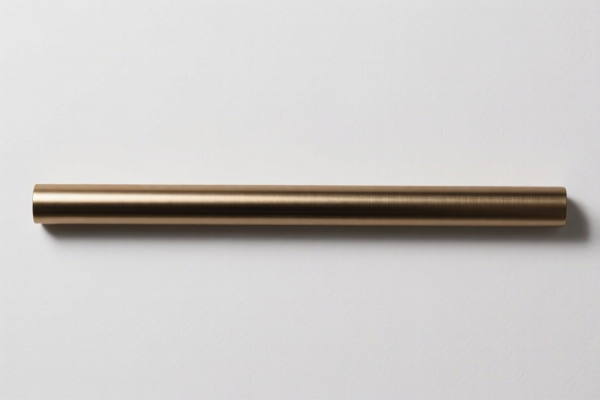| HS Code | Official Doc | Tariff Rate | Origin | Destination | Effective Date |
|---|---|---|---|---|---|
| 9016002000 | Doc | 58.9% | CN | US | 2025-05-12 |
| 9016006000 | Doc | 58.3% | CN | US | 2025-05-12 |
| 8423100010 | Doc | 30.0% | CN | US | 2025-05-12 |
| 8423100030 | Doc | 30.0% | CN | US | 2025-05-12 |
| 7326110000 | Doc | 80.0% | CN | US | 2025-05-12 |
| 7326908688 | Doc | 82.9% | CN | US | 2025-05-12 |
| 7323997000 | Doc | 60.3% | CN | US | 2025-05-12 |
| 7323999080 | Doc | 83.4% | CN | US | 2025-05-12 |




Balance Bar
A balance bar, also known as a gymnastic bar or high bar (depending on height and context), is a piece of gymnastics apparatus used in both men's and women's artistic gymnastics, as well as in calisthenics and general fitness training.
Material:
Traditionally, balance bars were constructed from wood, typically a hardwood like maple or ash. Modern bars are commonly made of fiberglass or a wood core covered with fiberglass, providing greater spring and durability. The surface is covered with leather or a similar non-slip material for grip. Supporting structures are typically steel.
Purpose:
The primary purpose of the balance bar is to develop and demonstrate:
- Balance: The core skill. Gymnasts perform sequences requiring static and dynamic balance.
- Strength: Significant upper body, core, and grip strength are needed.
- Coordination: Complex movements and transitions demand precise coordination.
- Flexibility: Many skills require a high degree of flexibility.
- Spatial Awareness: Gymnasts must be aware of their body position in relation to the bar.
Function:
The bar allows gymnasts to perform a variety of skills, including:
- Mounts: Techniques for getting onto the bar.
- Dismounts: Techniques for safely exiting the bar.
- Swings: Generating momentum and transitioning between skills.
- Turns: Rotating the body while on the bar.
- Releases & Recatches: Skills involving letting go of the bar and catching it again.
- Saltos & Twisting Skills: Flips and rotations performed on or around the bar.
Usage Scenarios:
- Artistic Gymnastics Competitions: A core event in both men's and women’s routines.
- Training: Used for skill development and conditioning.
- Calisthenics: Employed for advanced bodyweight exercises.
- Fitness: Incorporated into strength and conditioning programs.
- Recreational Gymnastics: A popular apparatus for learning basic skills.
Common Types:
- High Bar (Men’s Gymnastics): Set at a height of approximately 8.2 feet (2.5 meters). Requires significant strength and dynamic skills.
- Uneven Bars (Women’s Gymnastics): Consists of two bars set at different heights – a high bar (approximately 8.2 feet / 2.5 meters) and a low bar (approximately 5.2 feet / 1.6 meters). Focuses on transitions between bars and a wider variety of skills.
- Low Bar: Often used for beginner training and skill development. Height varies.
- Adjustable Balance Beam/Bar Combinations: Used in recreational settings and for introductory training, allowing for variable heights.
- Porta-Bars: Portable, often lower-height bars used for conditioning and travel.
Based on the provided information, “balance bar” can be interpreted as weighing machinery or parts thereof. Here's a breakdown of relevant HS codes:
- 9016.00.20.00: This HS code covers balances of a sensitivity of 5 cg or better, with or without weights, and parts and accessories thereof. Specifically, it refers to Electrical balances and parts and accessories thereof. The total tax rate is 58.9%, comprised of a 3.9% base tariff, a 25.0% additional tariff, and a 30.0% additional tariff effective after April 2, 2025.
- 9016.00.60.00: This HS code also covers balances of a sensitivity of 5 cg or better, with or without weights, and parts and accessories thereof, but categorized as Other. The total tax rate is 58.3%, consisting of a 3.3% base tariff, a 25.0% additional tariff, and a 30.0% additional tariff effective after April 2, 2025.
- 8423.10.00.10: This HS code covers weighing machinery (excluding balances of a sensitivity of 5 cg or better), including weight-operated counting or checking machines; weighing machine weights of all kinds; parts of weighing machinery. Specifically, it refers to Personal weighing machines, including baby scales; household scales Digital electronic type. The total tax rate is 30.0%, with a 0.0% base tariff and additional tariff, increasing to 30.0% after April 2, 2025.
- 8423.10.00.30: This HS code also covers weighing machinery (excluding balances of a sensitivity of 5 cg or better), including weight-operated counting or checking machines; weighing machine weights of all kinds; parts of weighing machinery, categorized as Personal weighing machines, including baby scales; household scales Other: Of a kind suitable for carrying on the person. The total tax rate is 30.0%, with a 0.0% base tariff and additional tariff, increasing to 30.0% after April 2, 2025.
Important Note: The classification between 9016.00.20.00 and 9016.00.60.00 depends on the sensitivity of the balance. If the sensitivity is 5 cg or better, use either 9016.00.20.00 (electrical) or 9016.00.60.00 (other). If the sensitivity is less than 5 cg, consider 8423.10.00.10 or 8423.10.00.30.
Customer Reviews
This site provided exactly what I needed—accurate HS Code details and tariff info for my export business. Highly recommend!
The content was good, but I had to look up some of the HS Code definitions elsewhere. A bit more detail would have been nice.
I found the information on the tariff rates for exporting to the US extremely useful. It made the process much smoother.
The page had helpful details on the HS Code for plastic doors. I only wish there were more examples of similar products.
Good breakdown of the tariff rates for exporting to the US. I was able to calculate the total costs accurately.